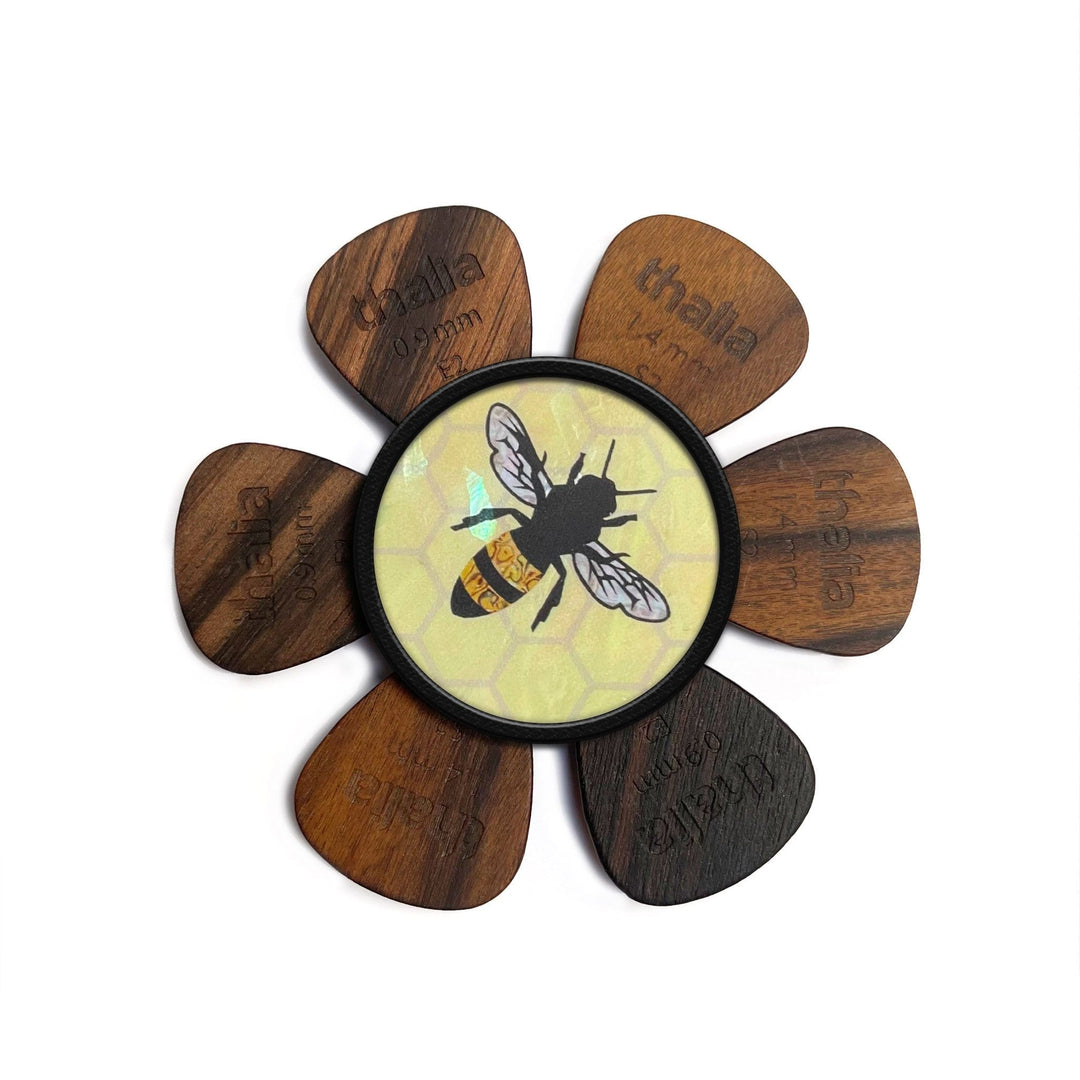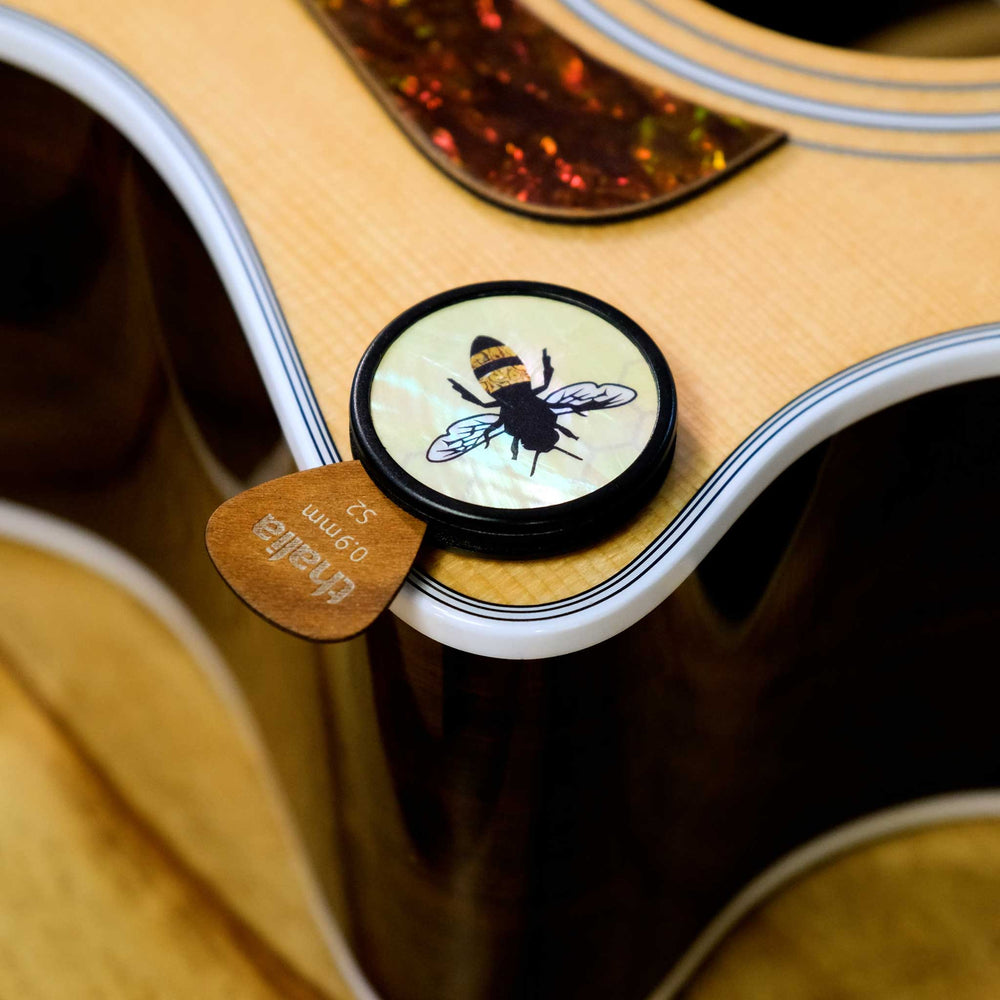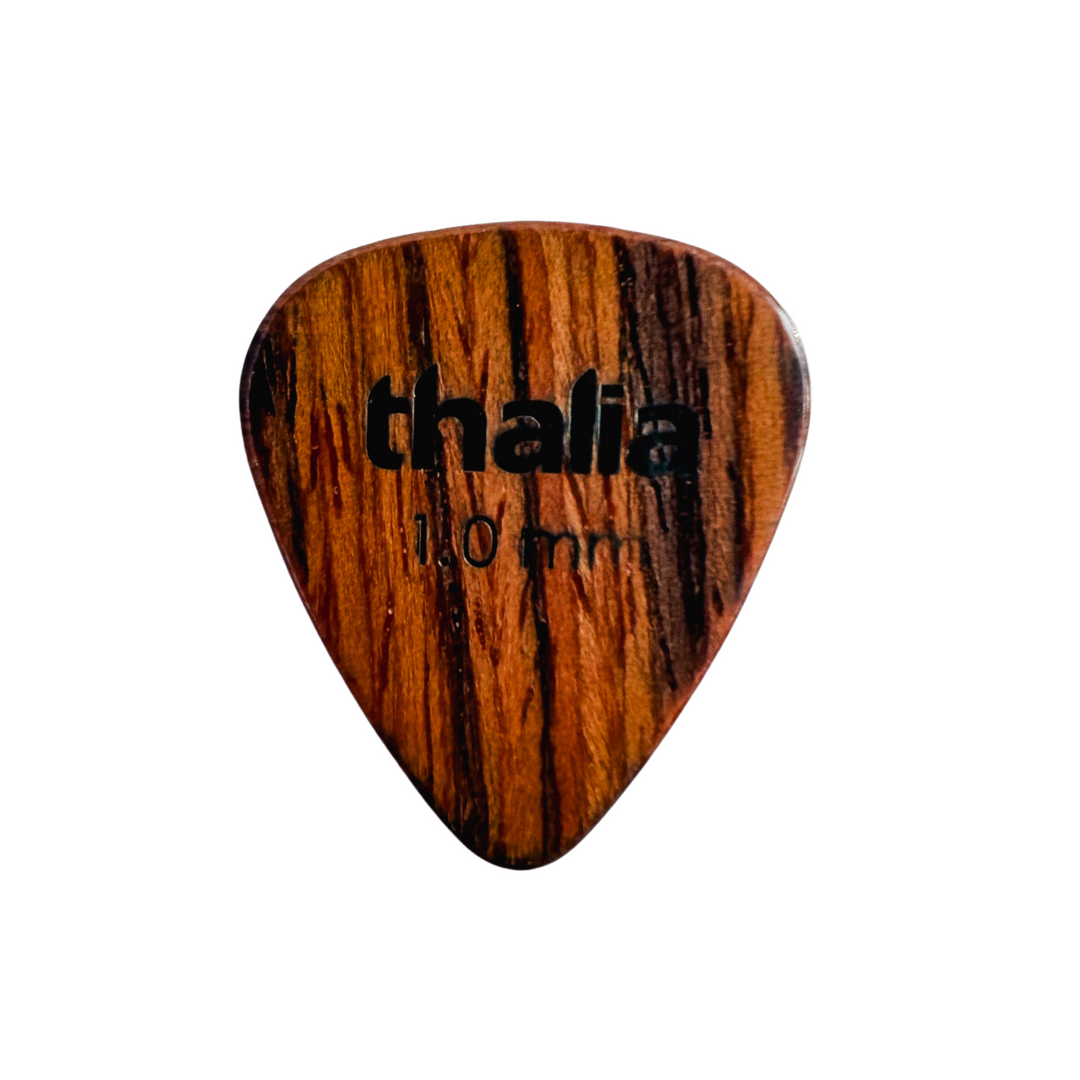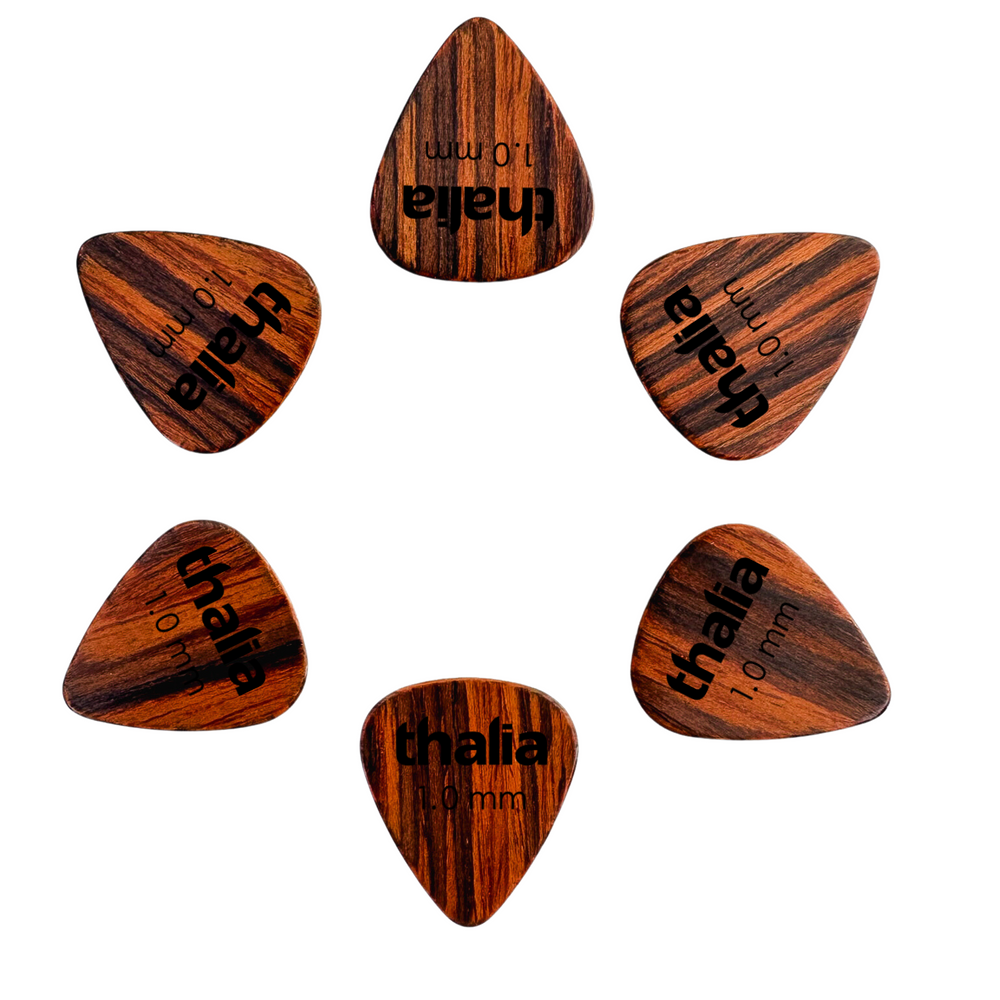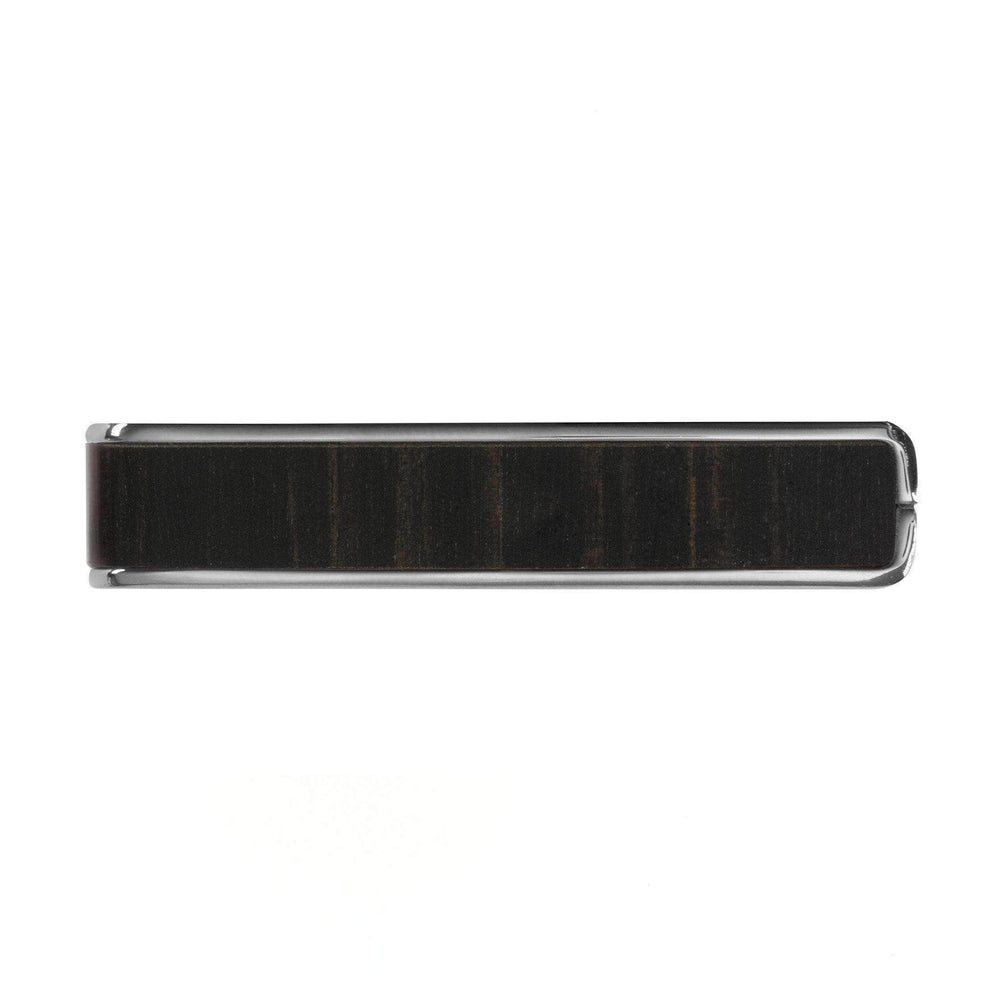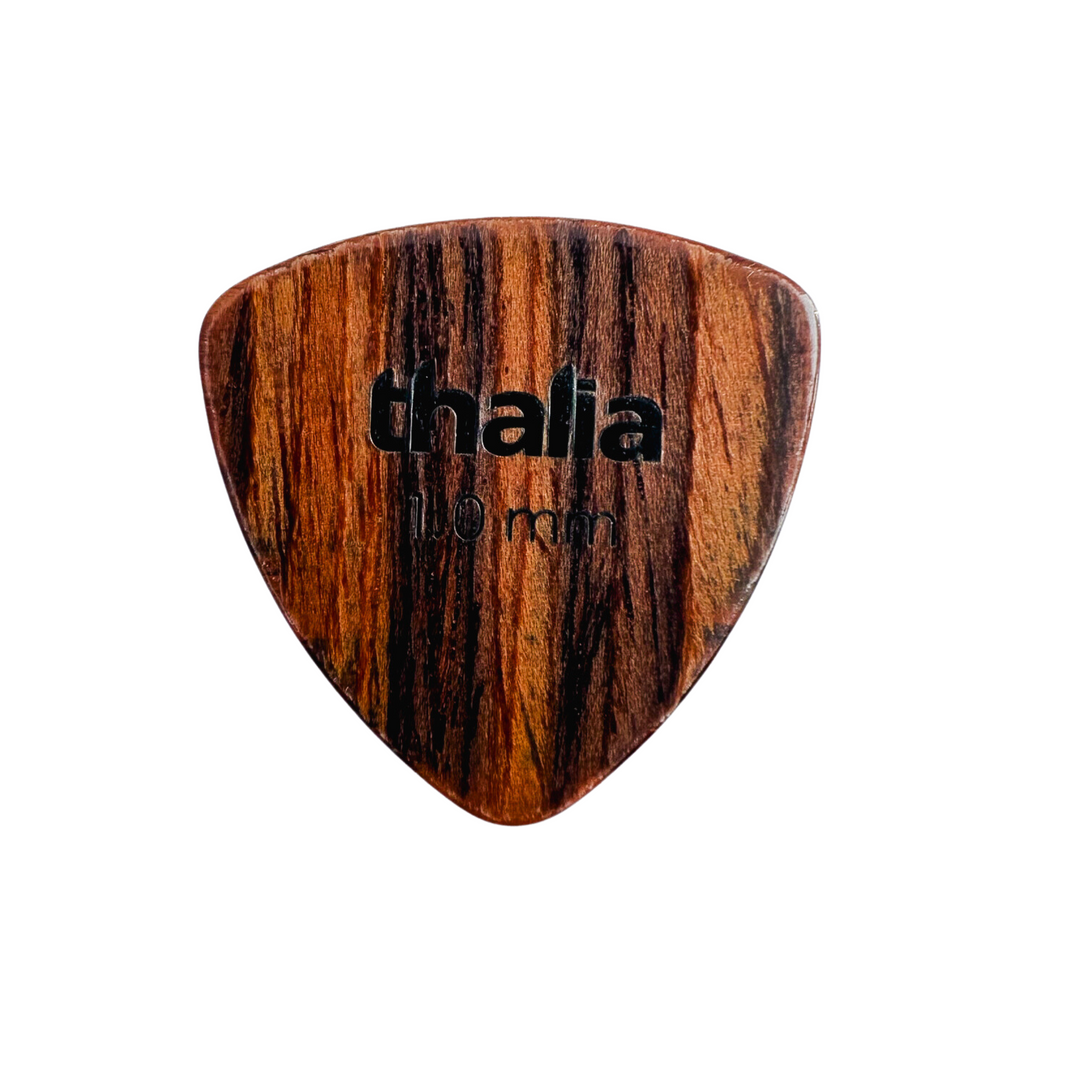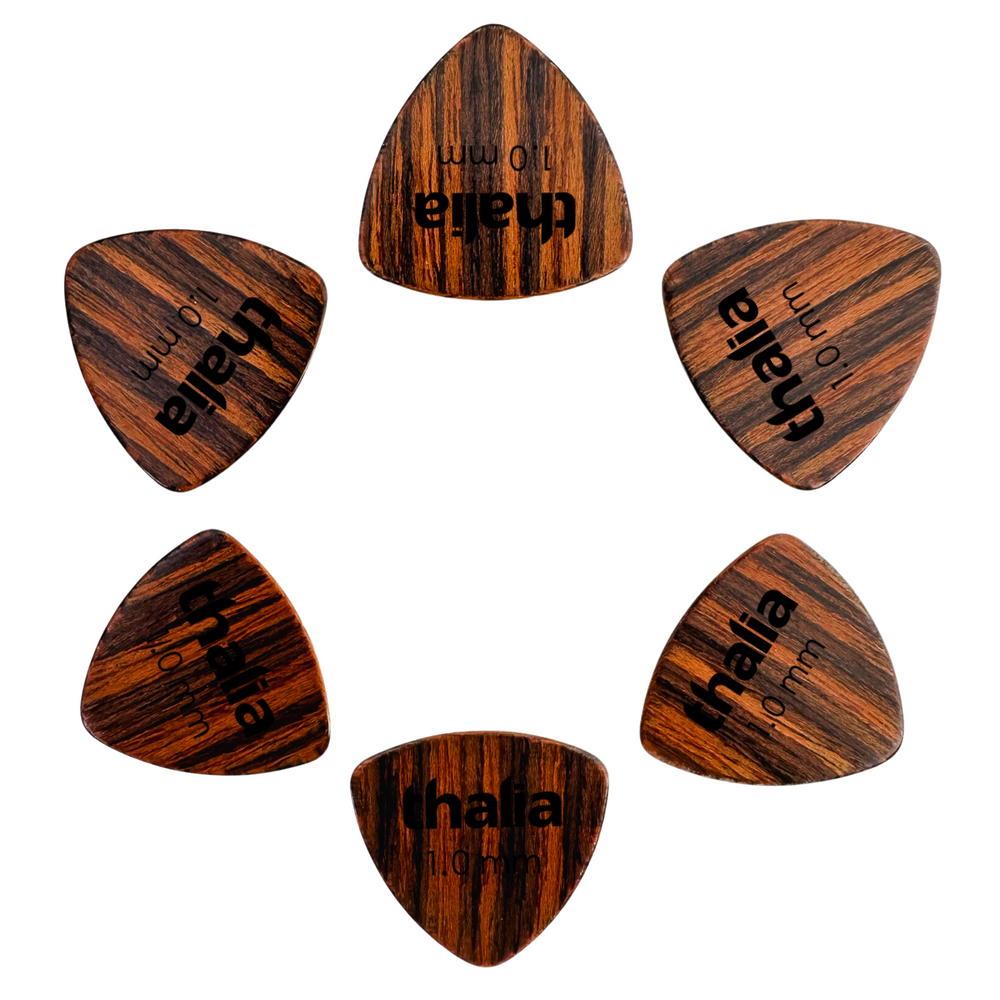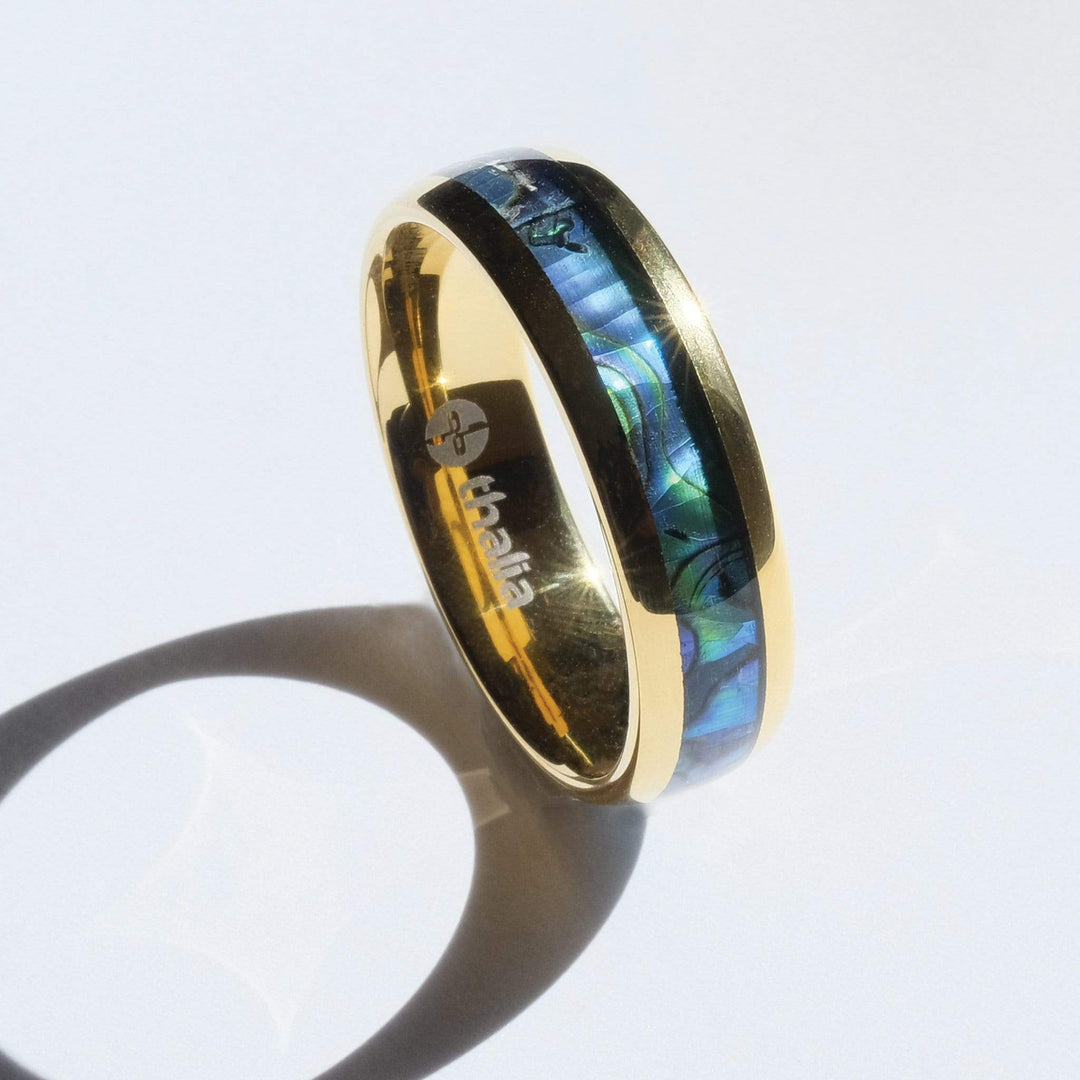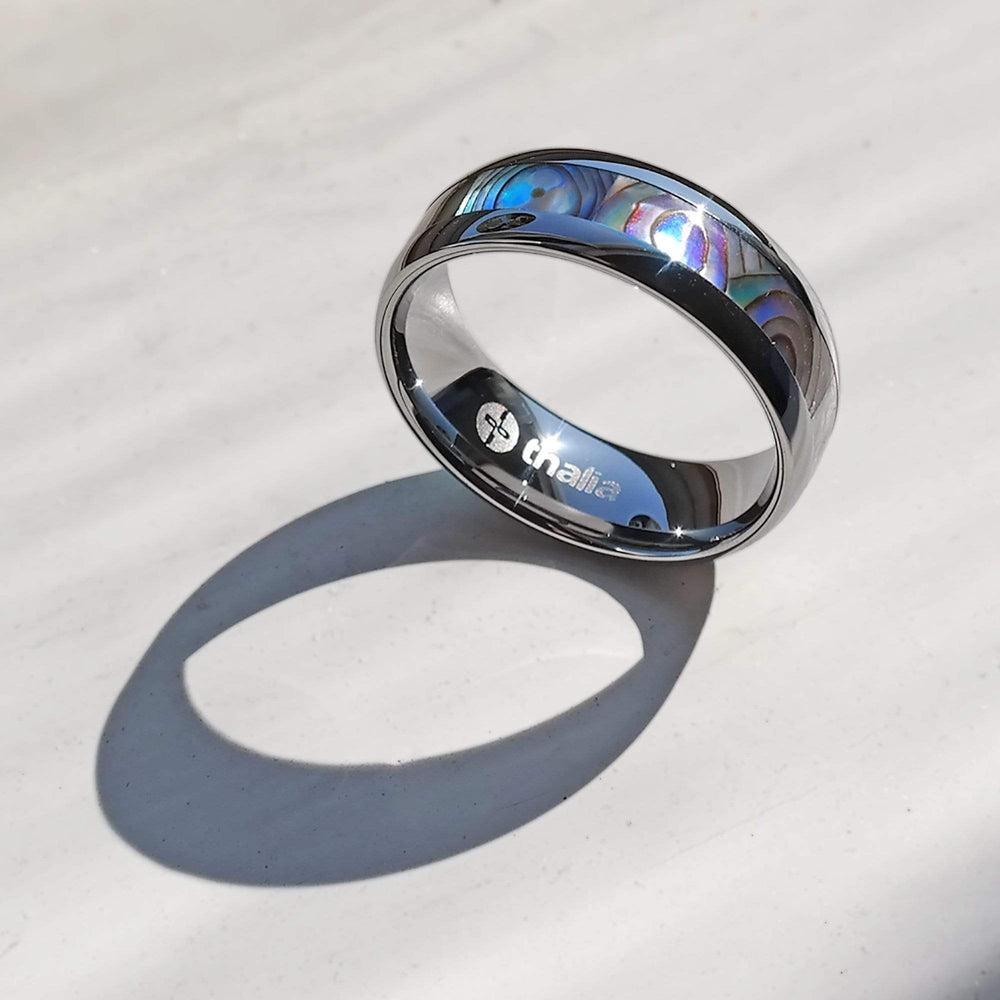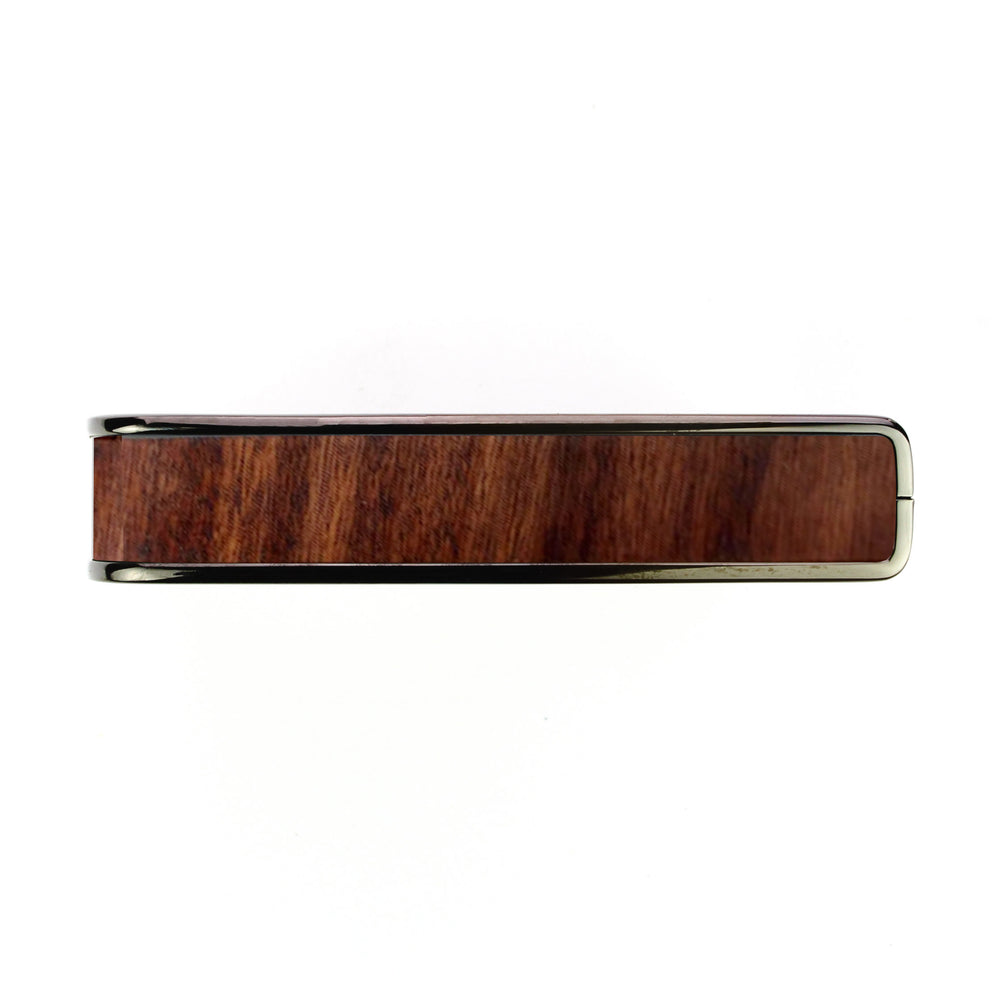When Twelve Is Better Than Six
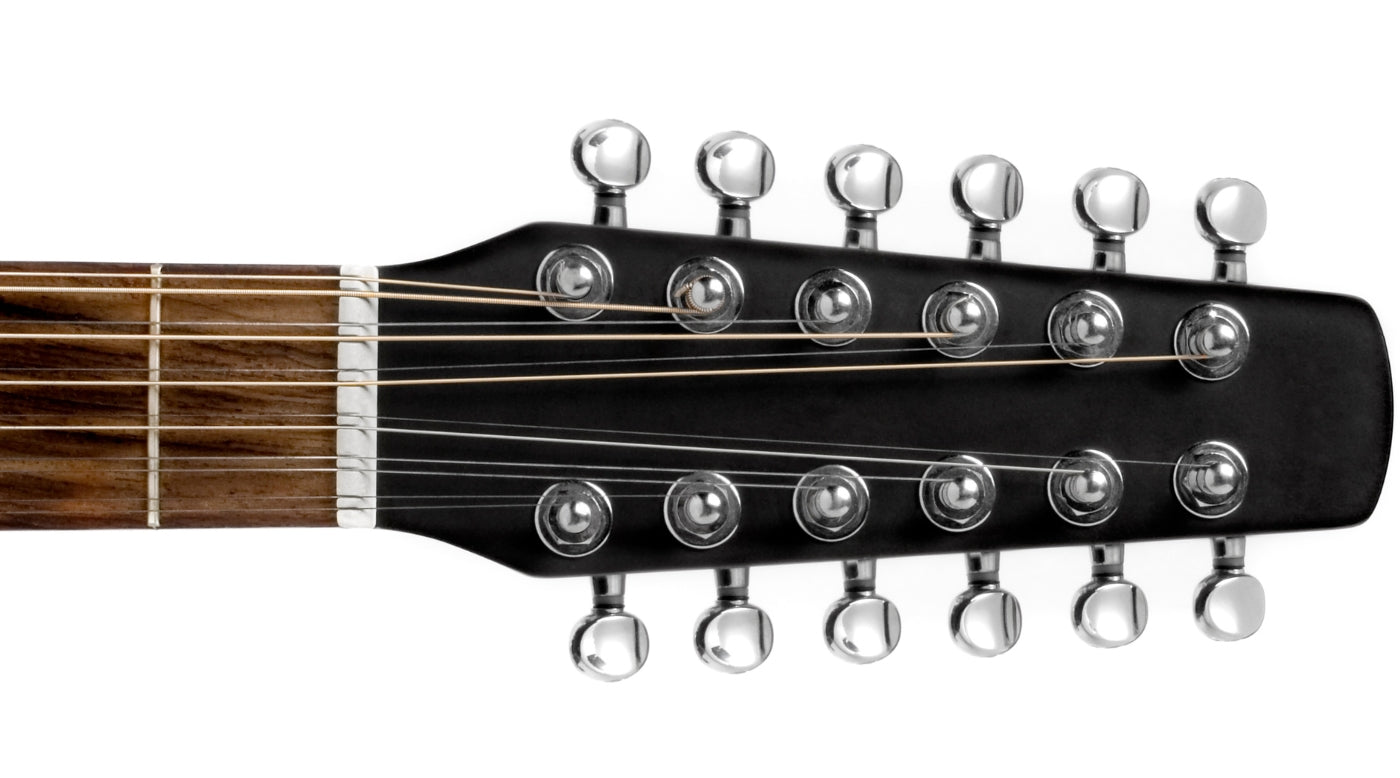
I’m not sure what the origin of this particular instrument was (though we may find out later), but maybe it was a crafty guitarist who thought: “You know what’s better than six strings? Double! Twelve strings!”
This story likely isn’t true, but the 12-string guitar is valuable in any guitarist's arsenal. With its thick, bright, and lush sound, the instrument has been a staple in most styles of music since its inception.
Let’s take a close look at this instrument.
What is a 12-string guitar exactly?
For those who don’t know, a 12-string guitar has a set of regular strings (the standard six) doubled. The lower strings (E, A, D and G) feature an extra string tuned one octave higher, while the two highest strings (B and E) feature a unison string each. The sound is thick and packed between the thick and thin strings, and there are slight tuning variances between them, almost like the guitar had a built-in modulation pedal. It tends to thicken up rhythmic passages and add chime to single-note passages.
While most regular techniques can be applied to the instrument, some methods (advanced fingerstyle, shredding solos, etc.) can be more challenging (though not impossible). Because the strings are doubled, the space between them is reduced, making things tighter for the right hand. The need to pick two strings per note and the extra dexterity on the fretting hand to grab two strings simultaneously can make those speedy licks a little more complicated (again, possible).
But for these few compromises, you get a guitar with a sound that you can’t get on a regular six-stringed instrument.
An Origin Story of Sorts?
Paired-stringed instruments have existed for a long time, though it would seem that the 12-string guitar’s origins can be found in some Mexican instruments, such as the bajo sexto and bandolón. They were mainly considered novelty instruments until musicians discovered their sound lent well to solo accompaniment in the early 20th century. Huddie William Ledbetter, best known as Lead Belly, was the first musician likely associated with the instrument.
The instrument gained further popularity in Lydia Mendoza's hands in the 1930s. Coined “The Mother of Tejano Music,” Mendoza used the 12-string guitar to accompany herself while bringing the sound of those traditional Mexican instruments mentioned earlier.
Over the next couple of decades, the instrument caught on with folk and blues players. Evolution was inevitable with all things guitar, and the 12-string was about to get a new voice.
Going Electric
Companies like Danelectro, JMI, and Burns began producing 12-string electrics in the early 1960s, and the sound of the electric 12-string began appearing in pop music on songs by The Crystals and Jackie DeShannon.
Things started to take off when George Harrison began playing a Rickenbacker 360/12 on the soundtrack and film A Hard Day’s Night. The guitar’s unique sound has become ubiquitous with the instrument, making it very recognizable on record.
After seeing the movie, Roger McGuinn bought himself a Rickenbacker 12-string in 1965, making it a defining part of the Byrds’ sound.
Double The Strings, Double The Necks
When you think of a double-neck guitar, only one image comes up: the Gibson EDS-1275. Though the instrument was originally in production from 1963 to 1968, production picked back up in 1974, in part thanks to Jimmy Page’s use of it on stage when performing “Stairway to Heaven.” This allowed him to go from six to twelve strings mid-song without needing to switch guitars.
With this resurgence in popularity, the guitar soon found its way into the hands of players such as John McLaughlin, Don Felder (famously used when playing “Hotel California” live), Steve Miller, and Alex Lifeson.
A Variation of Note
Have you ever heard of Nashville tuning? It’s a beautiful device for creating unique sounds or layering guitar parts in a recording.
Simply put, Nashville tuning involves taking the octave strings from a 12-string pack and stringing a six-string guitar with those, ignoring the regular strings. This provides a high jangle that you can’t get any other way.
But it’s not just for layering. You can create exciting guitar parts, such as the acoustic guitar in Pink Floyd’s “Hey You” off 1979’s The Wall.
What are some of your favourite songs that use a 12-string guitar? How about Nashville tuning? Leave your picks in the comments!
By Kevin Daoust - instagram.com/kevindaoust.gtr
Kevin Daoust is a guitarist, guitar educator and writer based in Gatineau, Quebec, Canada. When not tracking guitars for artists around the world, or writing music-related articles around the internet, he can be seen on stage with Accordion-Funk legends Hey, Wow, the acoustic duo Chanté et Kev, as well as a hired gun guitarist around Quebec and Ontario. He holds a Bachelor of Music in Guitar Performance from Carleton University in Ottawa, Ontario, Canada.








